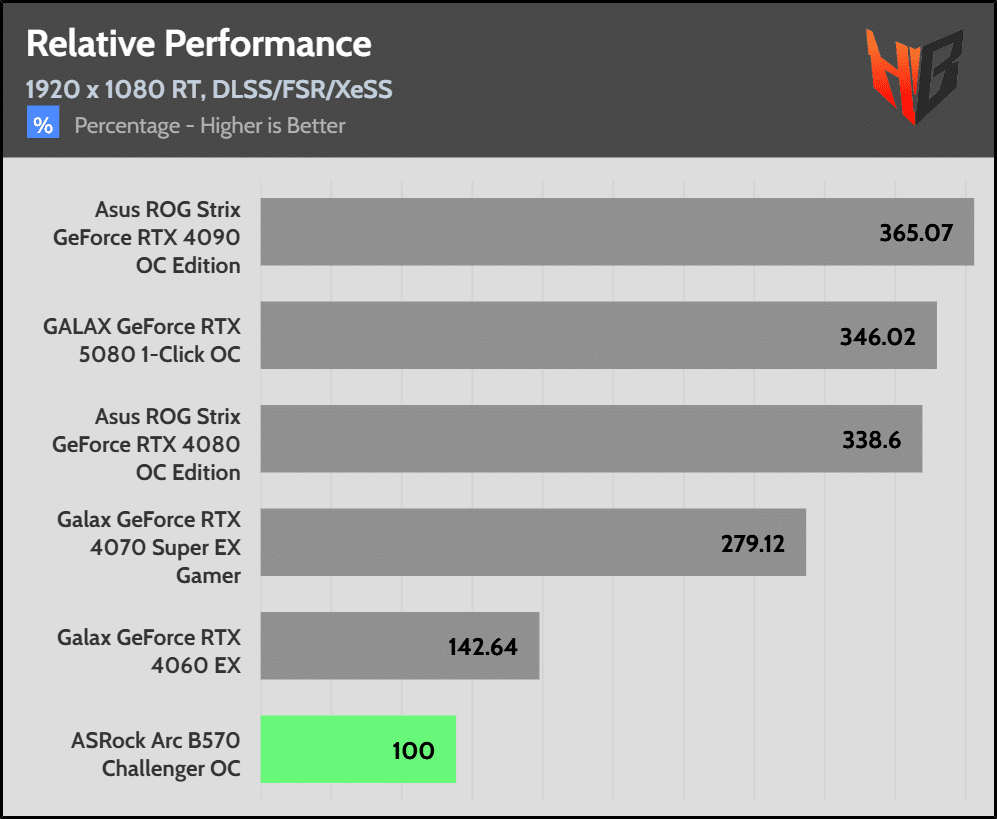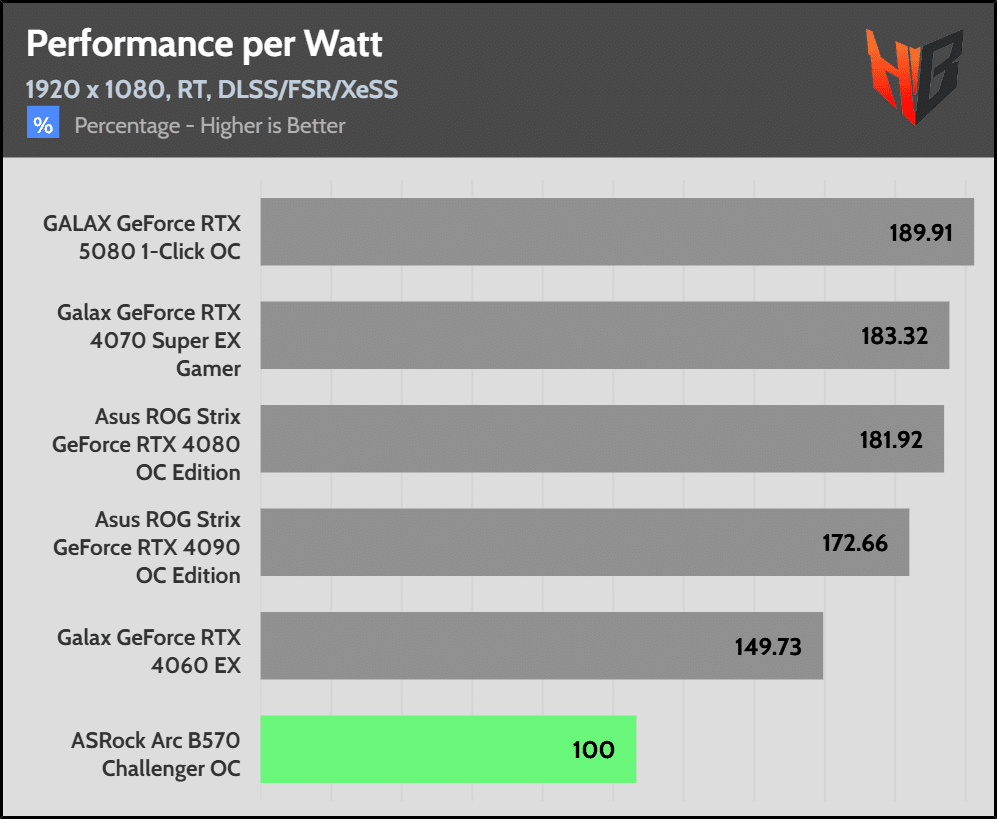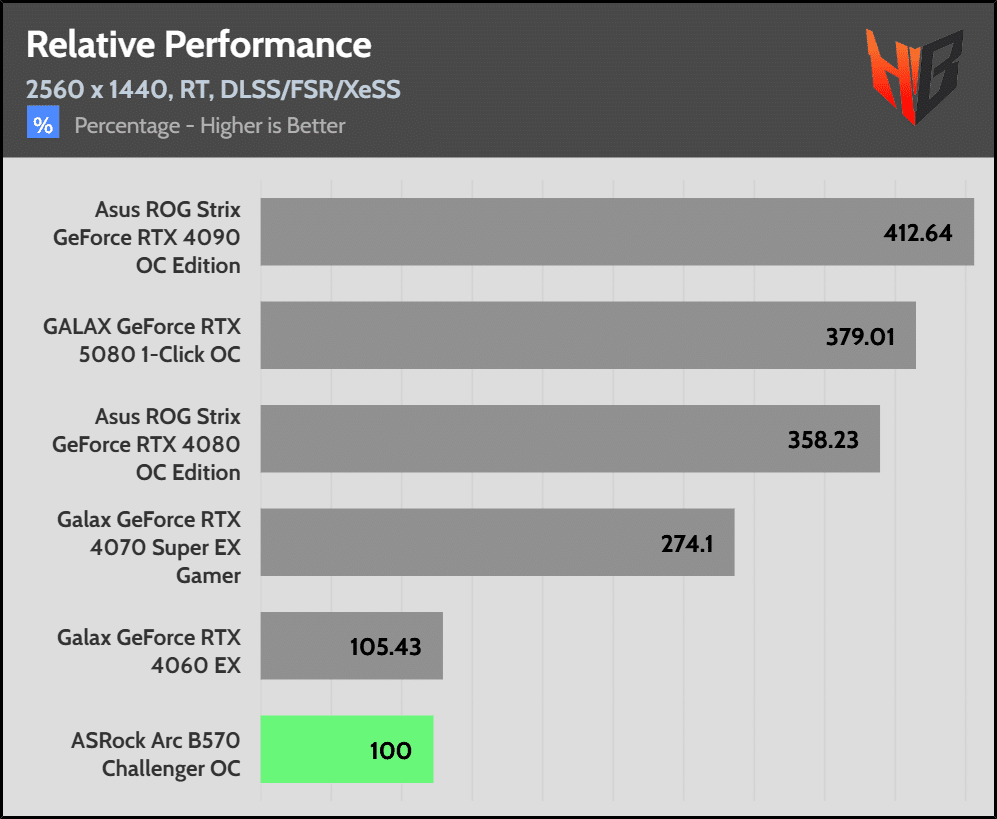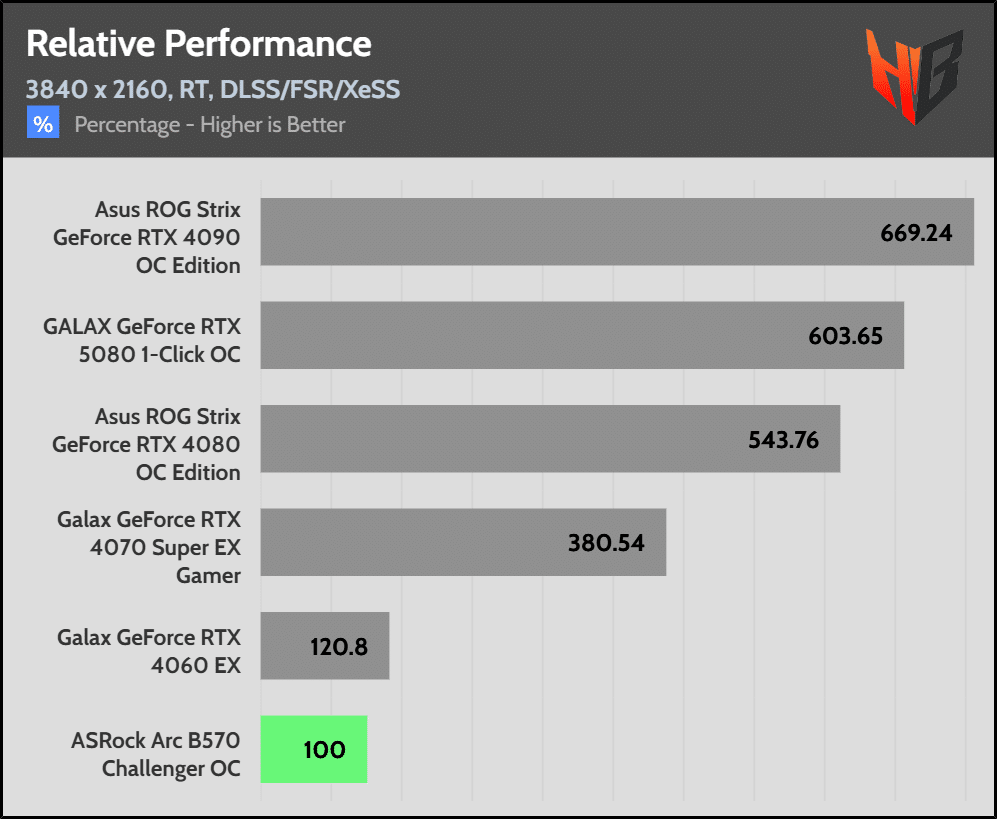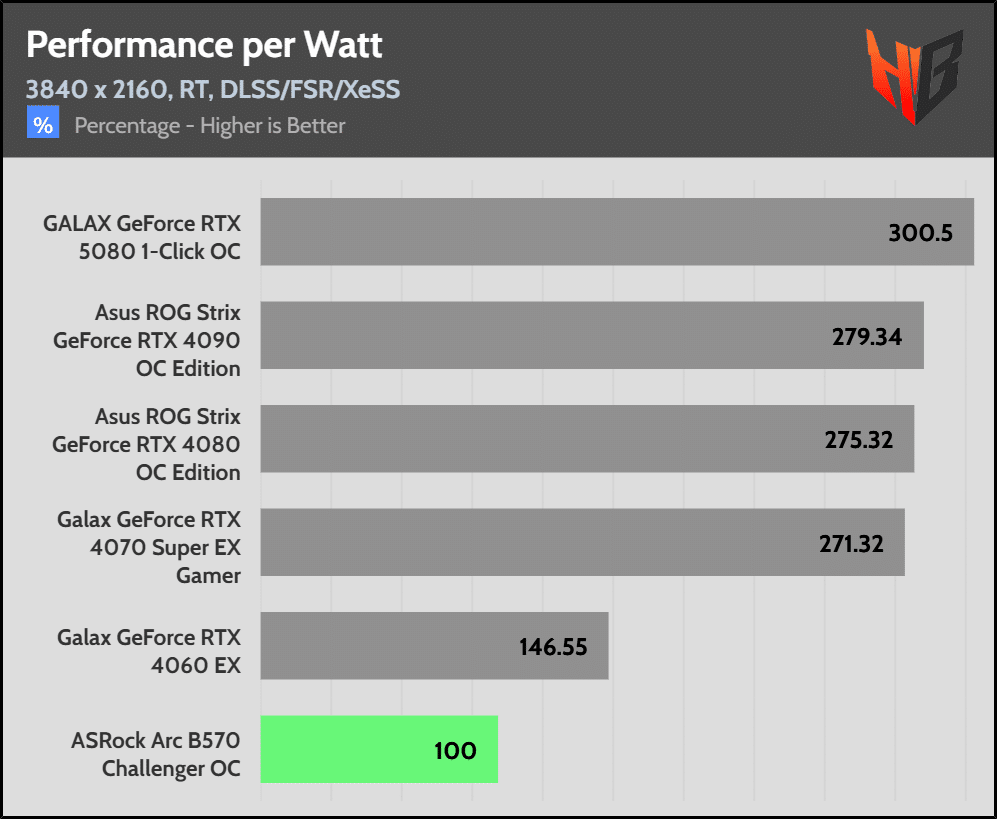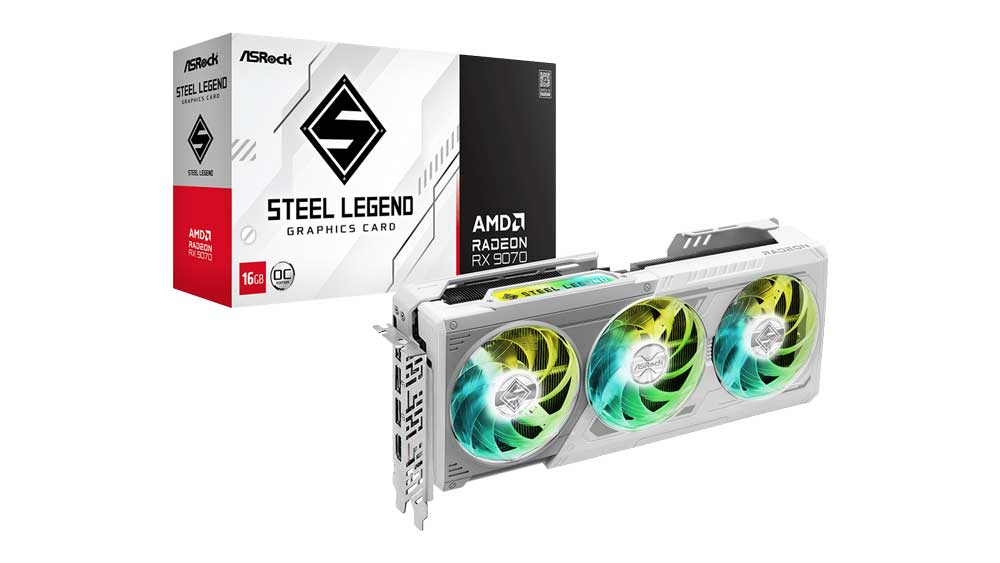Relative Perf & Perf Per Watt (Raytracing + DLSS/FSR/XeSS)
- Alan Wake II
- Black Myth Wukong
- Cyberpunk 2077
- Dragon Age: The Veilguard
- Forza Motorsport
- Indiana Jones and the Great Circle (failed to run properly in the B570)
- Ratchet & Clank: Rift Apart
- Resident Evil 4
FHD (1920 x 1080)
The RTX 4060 is notably faster, thanks to its more efficient upscaling algorithm, DLSS. The difference in performance per Watt is also vast.
QHD (2560 x 1440)
The performance gap closes a lot at QHD, but the performance per Watt difference is still notable.
UHD (3860 x 2160)
None of these cards, RTX 4060 and B570, is suitable for 4K gaming, unless we are talking about older titles, but the fact is that the RTX 4060 has a notable lead here.
Pages:
- Prologue & Technical specifications
- Intel’s Key Technologies
- Box & Contents
- Part Analysis
- Specifications Comparison
- Test System
- Game Benchmark Details
- Raster Performance
- RT Performance
- RT Performance + DLSS/FSR/XeSS Balanced
- Raytracing Performance + DLSS/FSR/XeSS Balanced + FG
- DLSS/FSR/XeSS Balanced (No RT)
- DLSS/FSR/XeSS Balanced + FG (No RT)
- Relative Perf & Perf Per Watt (Raster)
- Relative Perf & Perf Per Watt (Raster + DLSS/FSR/XeSS)
- Relative Perf & Perf Per Watt (RT)
- Relative Perf & Perf Per Watt (RT + DLSS/FSR/XeSS)
- Relative Perf & Perf Per Watt (RT + DLSS/FSR/XeSS + FG)
- Rendering Performance
- Operating Temperatures
- Operating Noise & Frequency Analysis
- Power Consumption
- Clock Speeds & Overclocking
- Cooling Performance
- Epilogue

